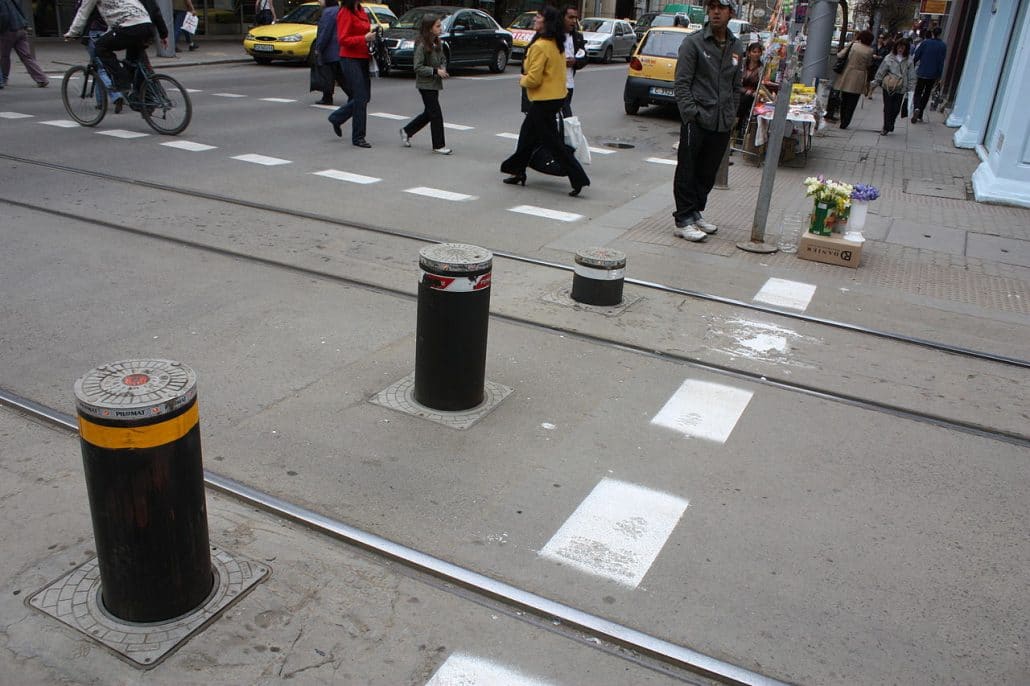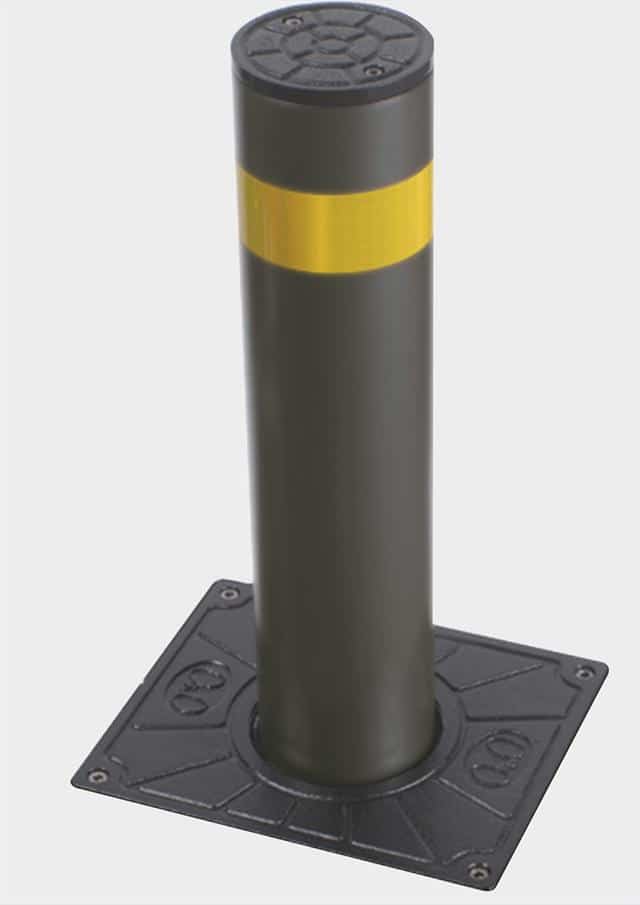How do Bollards limit Pedestrian movement?
A short summary of the Traffic Advisory Leaflet May 2013
Ever wondered why there are seemingly random bollards in the middle of busy pedestrian areas or perhaps you’re a town planner and you’re looking for a quick rundown of the traffic advisory leaflet from May 2013 to determine where you should place bollards as a security measure with as little disruption to pedestrians as possible. Well whoever you are, you are in the right place. Below we have summarised the leaflet into bitesize chunks, making it slightly easier to read:
Positioning
For security purposes, bollards must be positioned no more than 1200mm apart to be effective. When the bollards are placed this maximum, 1200mm, apart, they have been found to have little impact on pedestrian traffic. The bollards are shown to have less impact than other commonly occurring urban features such as kiosks.

Why might pedestrian movement be limited?
The leaflet finds four things that might limit pedestrian flow: route capacity, comfort, convenience and conflict. Route capacity is the rate at which people can pass through the space given and comfort being how comfortable it is to do this. Convenience is the ease at which they can pass through without changing their route and conflict is the added obstacles that cause a change in behaviour. These are used to assess how bollards have an impact on pedestrian flow. Below is a summary of the impact on each of these features:
Route Capacity
Behaviour was affected when the bollards were placed perpendicular to the direction pedestrians were walking but when placed parallel to the direction, more space was not being used.
Comfort
Comfort did not seem to have a negative impact across all the observed bollard placements.
Convenience
Speed was impacted by the bollard placement. Sometimes people who passed through the bollards walked faster than those who didn’t. However, the chosen path was not affected by the bollards.
Conflict
Conflict was observed and the route of direction was changed by pedestrians accordingly. They were observed to avoid conflicts by pausing or twisting while passing through bollards at the sam time as other pedestrians.

Guidance highlighted by the leaflet
The leaflet highlighted the following recommendations to meet security needs while minimising any negative impact on pedestrians:
- The width of the bollard placement should be larger than the protected exit
- Bollards should not be placed near narrow passageways
- Bollards should not force pedestrians to walk close to the road
- Potential pedestrian routes should be identified, and bollards should be placed to limit any disruption to these routes
- Bollards should be placed perpendicular to the direction of travel
- Areas that might have queues surrounding them or other conflicts should not be restricted by bollards
- Height and visibility should be taken into consideration
- Consider specialist site assessment in high or complex flow conditions
